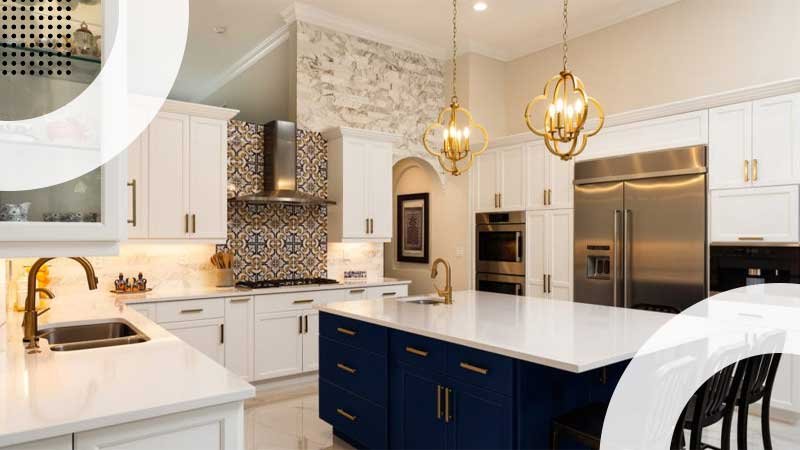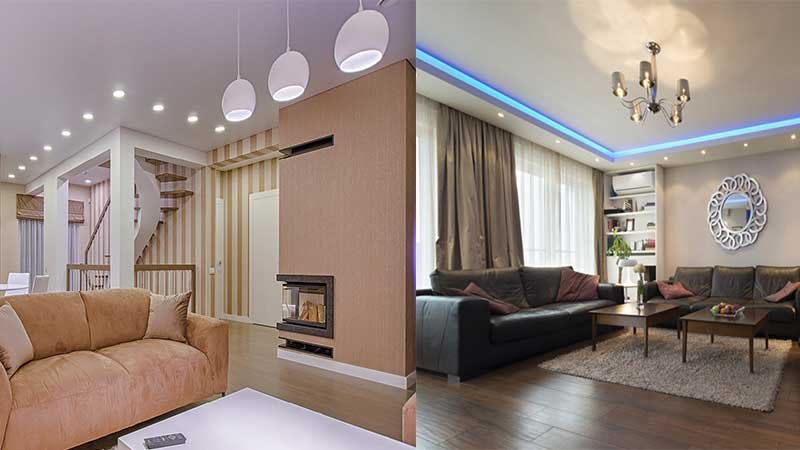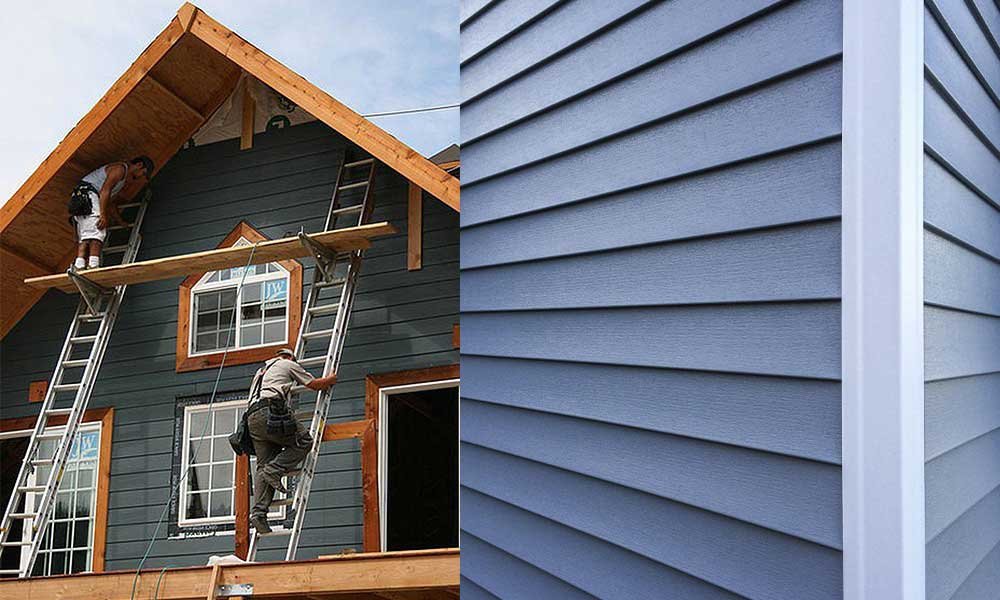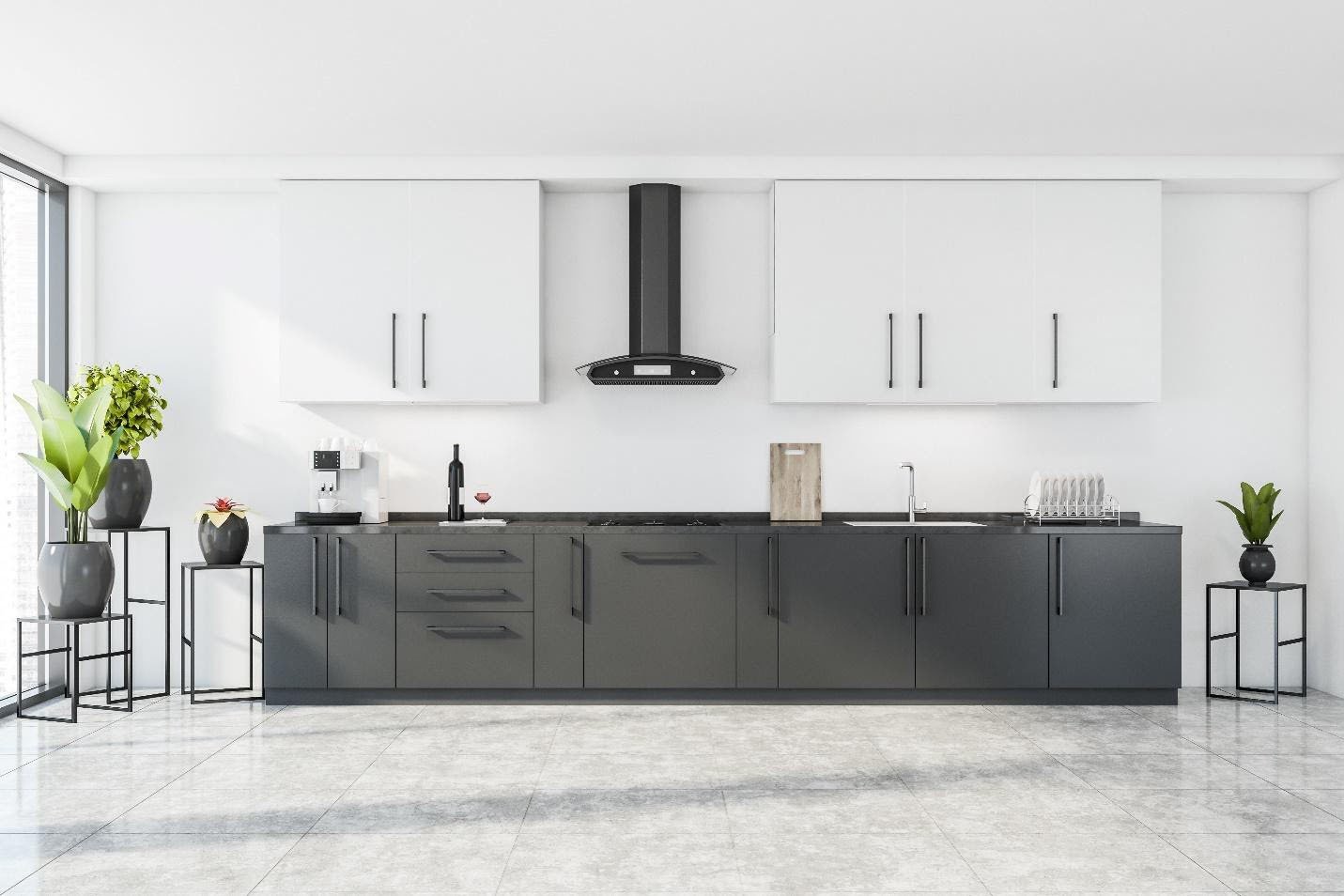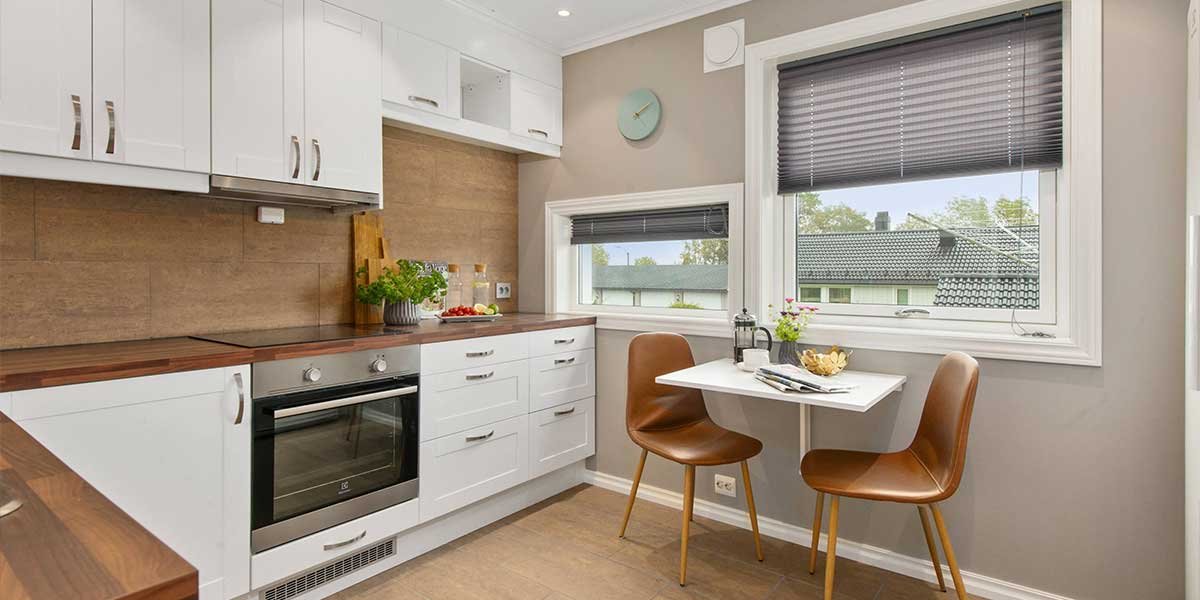Hydroponic Systems: Why Is It Not Performing as Well as It Should?
Undoubtedly, you’ve seen all the raves and reviews regarding all the benefits and how successful hydroponic systems are. In your research, you probably also noticed that these systems are complex, require specific operating parameters, and many variables contributing to the system’s success. If you are new to the world of hydroponics and are not experiencing the bounty you expected, consider the following elements as to whether there is room for improving productivity. You may be just one overlooked variable away from experiencing the kind of harvest you’ve read about.
1. Light
Light is necessary for the health and nourishment of plant life. An outdoor garden will benefit from light from the sun, but in some cases, a hydroponic system may be placed in a location that does not have good access to natural light. In that case, it’s imperative to consider buying grow lights. There are many different types of lights on the market with many different strengths and weaknesses. The kind of light you will need depends on your individual setup and the type of plants you are growing.
Once you have your grow lights in place, follow the recommended distance between the plants’ top edge and the source of the light. The amount of heat or the amount of light may be either too little or too much. If there is not enough light, the plant will not grow and fruit to its optimum. If there is too much light or heat, the leaves could but overheated and suffer burns. Remember to make adjustments as needed as the plant grows. The measurement from the head of the plant to the light source will decrease as the plant grows. Adjustments will need to be made to maintain the proper distance.
In the course of a typical day, an outdoor garden will remain stationary while the sun will travel across the sky. This encourages the plant’s stalk to strengthen as it leans in the direction of the light. In hydroponic systems, the light source is stationary. To replicate the outdoor environment, the plants should be rotated within their position if the light source is presented at an angle. They can also be moved around the room, varying the amount of direct exposure.
2. Water
Another key ingredient for a healthy garden is water. While it may seem like an area where there is little room for running afoul, there are actually some important maintenance issues that must be maintained within a specific set of parameters to ensure that the water is as it should be. Those variables related to best type of water available to the plants including having the correct pH level, EC level, temperature, and aeration. All of these are easy to investigate and, if necessary, correct.
The pH scale measures the degree of acid or alkali levels of the water. A pH measurement of less than 7.0 is defined as acidic, and a pH level of above 7.0 is considered alkaline. A measurement of exactly 7.0 is known as neutral. The water’s ideal pH level in a hydroponic system is between 5.5 and 6.5, but it’s important to note that the type of plant you are growing may want those levels. Between research and trial and error, you can make adjustments to create the perfect pH environment for your crop. The pH can be measured by a pH meter or with disposable pH test strips.
While the plant species may individually vary the pH levels, the EC level is the same for all plants. It, too, can be easily measured if you have an EC meter. The EC level is the amount of dissolved salts that are present in the water. These dissolved salts provide needed minerals and nutrients to the crop.
The water temperature is another variable that could sneak in and reduce the full potential of your system. Consider that placing your system near a vent, a poorly insulated window, or too much heat provided by the light source can affect the water temperature. The ideal temperature for the system should befall within the range of 68 and 72 degrees. Should you find that your water temperature is consistently outside of these parameters, you might explore the possibility of adding a water heater or chiller. Be sure to test the temperature at different times during the day and across the seasons.
Finally, if your system does not have some way of keeping the water moving and introducing oxygen by way of aeration, it will not be as effective as it could be. Aeration forces oxygen directly to the root system and prevents any build-up of algae or bacteria to the roots. This means that the roots will be able to extract the maximum amount of nourishment.
3. Growth Medium
If you find that you are successfully hitting all the recommended target measurements for light and water, but you are still not harvesting the amount or quality of produce that you think you should, it could be that the problem is in the growth medium. Explore if the medium you have chosen is the best for the type of crop you are growing. Perhaps even a brand change can perk up picky plants.
Because there is already no soil within the hydroponic system, the plant life depends on the proper nutrient solution to feed and nourish the crop. It needs the right combination of oxygen and moisture as well as an efficient and proper flow of the solution. Many systems enjoy combining clay pebbles or other types of porous, low-cost materials to retain oxygen. These are often combined with more expensive grow rocks to maintain the balance within the system.
Hydroponic systems can offer an amazing bounty, extend the growing season, and provide the Gardner with all the joys of gardening. If you’re not reaping the rewards that hydroponic systems promise, try exploring these basics that may be easily overlooked but also easily remedied. Either these suggestions will help you discover a problematic area, or at least you’ll be able to eliminate them as possible problems within the system.
Follow Us
Latest Post





